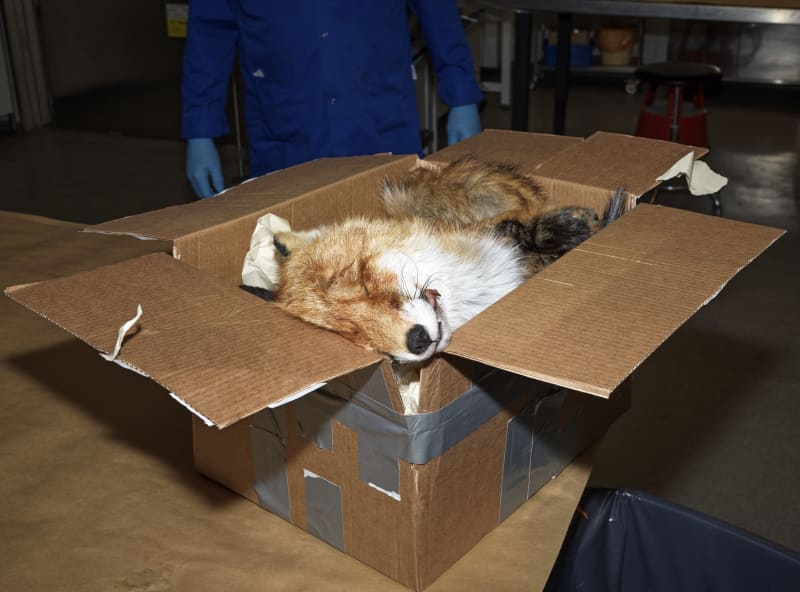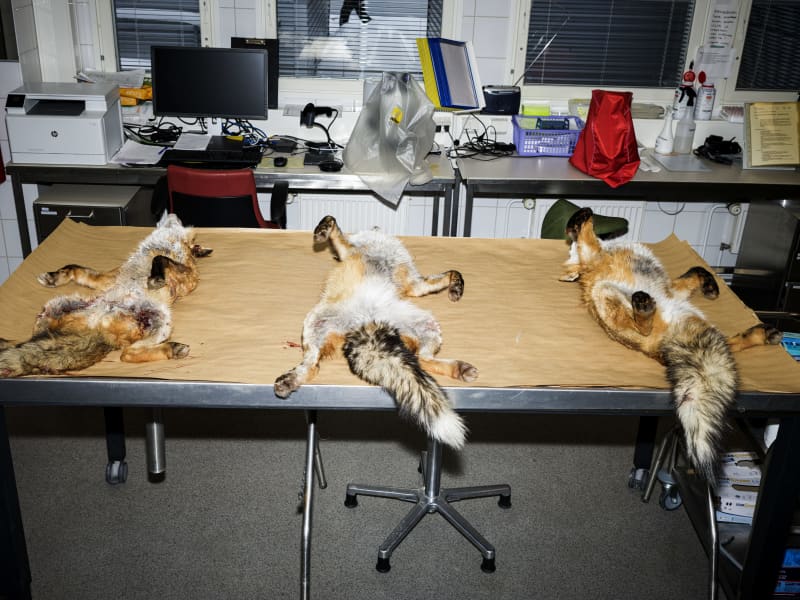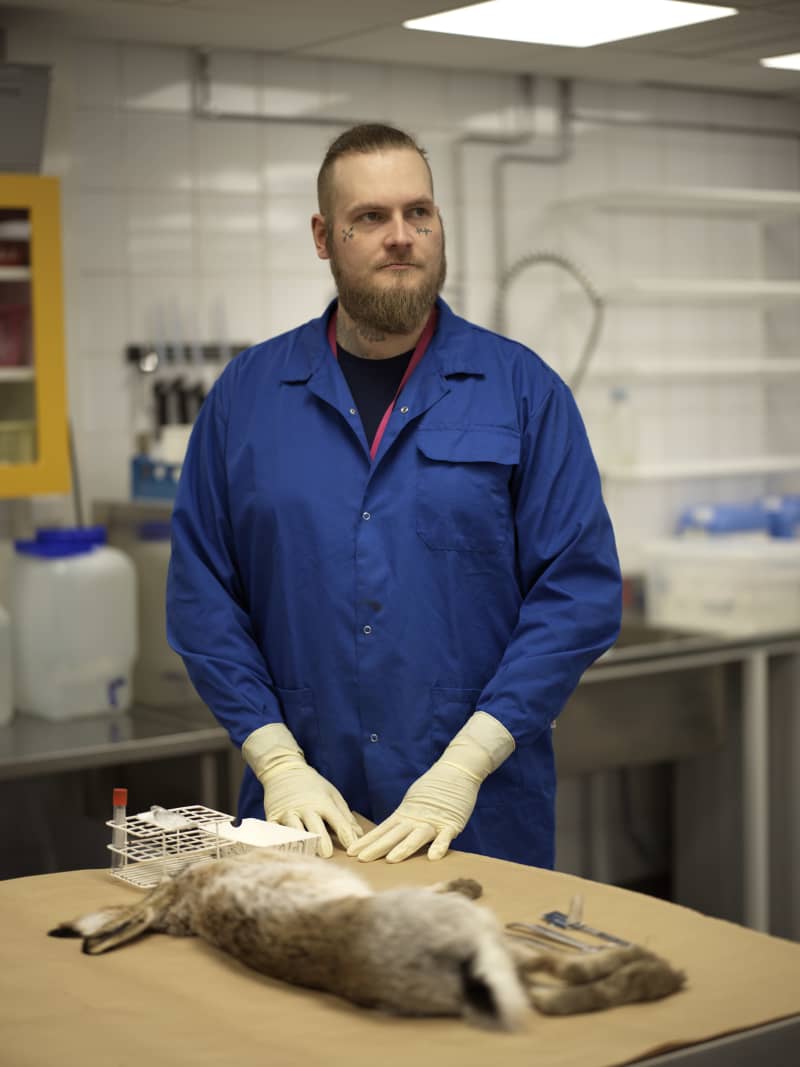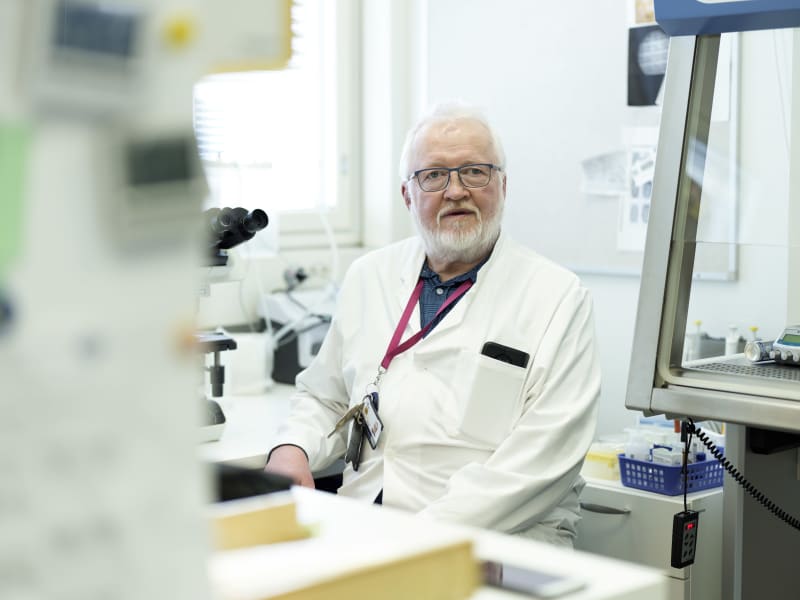
When a wild animal dies or becomes ill, the Food Agency investigates the reasons. The agency rings the alarm bells when something threatens people’s health and safety. The story contains pictures of dead wild animals.
A fox eats a rodent carrying the mole echinococci parasite. A fox defecates in the forest, and parasite eggs stick to the fur of a dog moving through the forest. The egg then sticks to the hand of the person petting his dog and ends up in his system. Likewise, a dog can become infected after eating a mole, and the worms secrete eggs in its feces.
Mole echinococci can germinate in a person for up to 15 years and cause a cyst in the liver. Parasite infection can cause death if left untreated.
Human infections are unlikely but possible. Sweden is no longer officially free of mole quinoa, but Finland still is. If the parasite ends up in Finnish nature, it will not die even by freezing berries, for example.
The Food Agency constantly monitors, among other things, the prevalence of mole echinococci. If the parasite ends up in Finland, Finland’s right to require deworming for dogs coming across the border also ends.
The agency’s task is to be an early gatekeeper, who is the first to blow the whistle and set the wheels in motion if phenomena that threaten health safety start to emerge. The Oulu office is specifically focused on animal disease research.
Mursu couldn’t fit in Oulu
The cause of death of Hamina’s walrus, which aroused emotions in the general public, was investigated by the Food Agency. In the end, it did not end up in Oulu to be opened, because a sane animal would not have fit on the autopsy table. The cost of transporting a 600-kilogram animal is also its own figure.
When the Food Agency is looking for signs of a contagious fungal brain disease in deer, a hundred deer heads are sent there. About 500 foxes and raccoons come to be examined each year.

– Hunters from all over Finland participate in the collection of samples. We are very grateful for that. We wouldn’t be able to collect samples from nature ourselves, says Oksanen.
Finland’s national parasite was purposefully eradicated
The tapeworm can grow up to 20 meters long. In the 1950s, everyday life was lived in which about one in five Finns had tapeworms.
Oksanen says that according to some calculations, the tapeworms carried and fed by people consumed around 66,000 kilograms of butter and 120,000 thousand kilograms of bread every day. That’s why we wanted to get rid of the tapeworm. The tapeworm started to be combated already in the 50s with an awareness campaign.
Today’s parasites to watch are, for example, trichinella or trichins. These nematodes thrive in the muscles of their host. It occurs widely in Finnish wild animals – especially in raccoon dogs. The parasite can also infect humans and cause life-threatening symptoms.
Trikinella can be contracted from poorly cooked bear meat, for example. Freezing is not a sufficiently effective solution.
The investigation into the cause of death begins in the autopsy room
On the table in the autopsy room lies the carcass of a corpse.
– The animal is clearly starving, Oksanen assesses visually.

In the autopsy room, the corpses are opened and the necessary samples are taken from them for further examinations. In Oulu, for example, farm animals are processed, so there is a need for heavy-duty cranes and more robust tools.
Although cooperation with hunters is going well, the Food Agency would like more animals killed in road traffic. Among them, it would be desirable to study neurological defects found in the brain caused by infectious diseases, which cause behavioral disorders. Tens of thousands of raccoons alone die in traffic every year.
– The mortality of young raccoons is especially high, because they are careless, Oksanen knows.
The raccoon compensates for its recklessness by breeding heavily. It is therefore likely that there will be enough cardboard boxes containing samples on the shelves of the Food Agency’s cold storage in the future.
One of Oksanen’s concerns is related to the qualification of freight transport locations and weight restrictions on packages. They make smooth rail traffic more difficult.
– Now we are trying to find ways to fix this situation.
If, for example, mole Echinococci is revealed in one of the cold storage samples, something happens.
– We are warning the agency’s animal health and welfare department, which is preparing to share the information. We focus on confirming the discovery, and when it is confirmed, the agency will inform all parties, including the general public, Oksanen says.
The transmission of confirmed information must be fast, so that unconfirmed views do not get ahead, for example, on social media.
*Have you sent dead animals to the Food Agency for examination? You can discuss the topic until 23:00 on April 10.*

